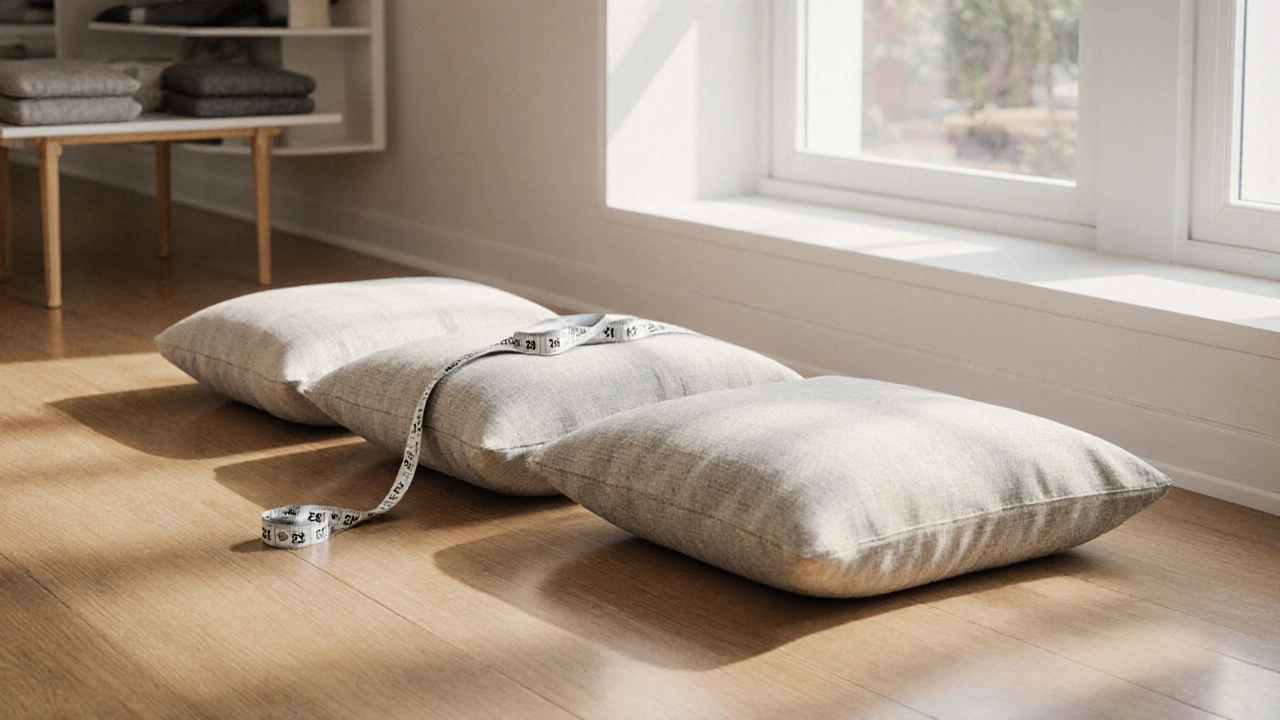Living Room Cushions: How to Choose, Style & Mix for a Fresh Look
When working with Living Room Cushions, soft, decorative pillows placed on sofas, armchairs and benches to add comfort and visual interest. Also known as throw pillows, they can instantly change a room’s vibe without a major renovation. living room cushions are a quick way to refresh a space, and they work with almost any design style.
One of the most common ways to upgrade a sofa is with Scatter Cushions, a mix of sizes, shapes and textures placed loosely for a relaxed look. Scatter cushions amplify visual depth and invite you to play with proportion. Pairing a large square pillow with a small round one creates a rhythm that feels intentional yet casual.
The durability of your cushions hinges on Upholstery Fabric, the material covering the cushion, ranging from cotton blends to luxe velvet or performance synthetics. Choose a fabric that matches your lifestyle: families with kids often favor stain‑resistant blends, while a minimalist look benefits from smooth linen or silk‑like weaves. The right fabric also determines how often you’ll need to replace or clean the cushions.
Colour palette plays a decisive role in setting mood. Selecting hues that echo the room’s walls, rugs or artwork creates cohesion, while a bold accent hue can become a focal point. For example, a teal cushion against a neutral sofa adds a pop without overwhelming the space. Mixing patterns—like a subtle stripe with a geometric print—works when the colours share a common base.
Size and shape aren’t just aesthetic choices; they affect ergonomics. A 20x20 cm square pillow offers modest support, while a 45x45 cm rectangle provides a comfortable backrest for lounging. Aligning cushion sizes with the sofa’s depth helps maintain a balanced look—too many oversized pillows can swamp a low‑profile sofa.
Seasonal switching keeps the room feeling fresh. In summer, lightweight cottons in pastel shades invite breezy vibes. When winter arrives, plush velvets in deep tones add warmth. Layering different textures—like a knit throw over a smooth cushion—creates depth and makes the space feel curated.
Beyond looks, cushions influence comfort. Properly positioned cushions support the lower back and encourage relaxed seating postures. A well‑chosen bolster pillow at the lumbar region can reduce strain during long movie nights, turning a simple sofa into a mini‑rehab area.
Eco‑friendly options are gaining traction. Recycled polyester fills, organic cotton covers, and bamboo fabrics reduce environmental impact while still offering style. Look for certifications such as GOTS (Global Organic Textile Standard) to ensure the cushions meet sustainable criteria.
Budgeting doesn’t have to limit creativity. Mixing high‑end statement pieces with affordable basics lets you achieve a luxe feel without overspending. Buying cushions in sets often yields discounts, and auction sites or outlet stores can provide designer fabrics at lower prices.
Placement techniques vary by furniture. On a wide sofa, cluster cushions in a tiered arrangement: larger pillows at the back, smaller ones forward. For armchairs, a single oversized cushion can serve as both décor and extra seating. When using a chaise, align the cushions along the length for visual continuity.
Maintenance matters for longevity. Rotate cushions every few weeks to prevent uneven wear. Spot‑clean spills promptly, and consider removable, machine‑washable covers for high‑traffic areas. A gentle vacuum on a low setting removes dust without flattening the fill.
Below you’ll find a curated set of guides that walk you through picking fabrics, arranging sizes, and pairing colours, so you can start styling your space with confidence right away.
What Is the Most Popular Cushion Size for Sofas?
- Gavin Whitaker
- |
- |
- 0
Discover the most popular sofa cushion size, why 21×21 inches dominates the market, and how to pick the right dimensions for comfort and style.
View more